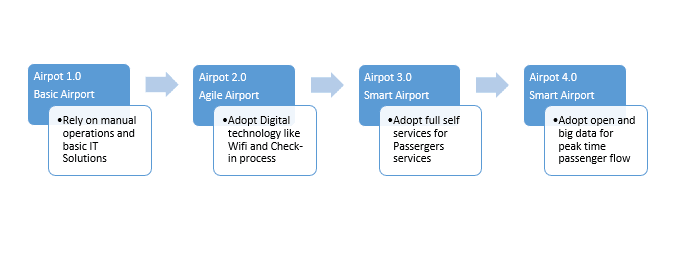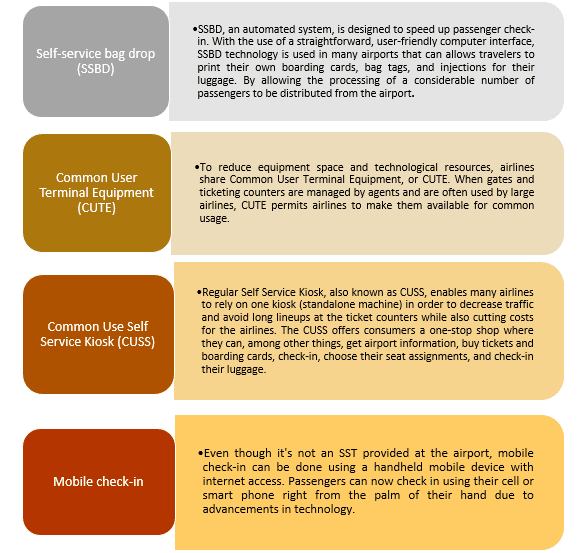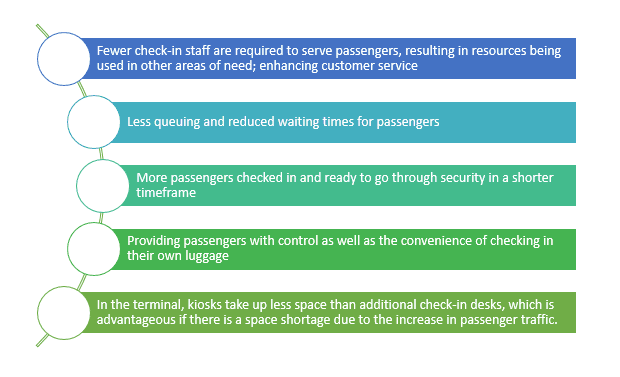Transforming Travel: The Evolution of Airport Self-Service for Seamless Passenger Experiences
When the decade first began, the effects of the global financial crisis were still being felt, and airline routes were being cut while passenger numbers were declining sharply. It was difficult to forecast whatever direction the industry would go because the future was so unpredictable.
The industry is currently in a healthy position, and the future appears hopeful. The UK currently has the third-biggest aviation network in the world and the largest one in Europe.
Airports all over the country were required to develop operations and systems to handle rising demand as well as satisfy the rapidly changing needs of the passenger. This is due to the ongoing increase in passenger numbers. The goal of all of these initiatives, including those to build additional terminals, offer new flights, and create and upgrade terminal amenities, was to enhance the customer experience. People frequently associate their travel experience with waiting when they think about flying. The long lines at security, check-in, and boarding all contribute to a bad airport experience, and tired passengers frequently express their annoyance on social media.
Hence, in order to enhance customer experience and shorten these wait times, the airline industry has experienced a boom in digital transformation in recent years. Although improvements have already been made in areas like check-in, passport control, and luggage handling, more has to be done.
Airports Digital Transformation Evolution:

Multiple Self-Service Devices or Technology:
As Airports are discovering that self-service kiosks that can help customers have a better experience purchasing meals from a fast-food restaurant and shorten wait times. Today, Airlines are offering customers multiple self-service devices which included:

Future Trends:
When it comes to the usage of technology, SST has advanced the airline business beyond anything anyone could have ever imagined. The airline industry has been able to fully utilize on these technologies to acquire a competitiveness in a market that is expanding rapidly and looking for growth and change. Benefits including enhanced control over service delivery, customer and airline convenience, operating cost reduction, and flexibility (service hours and location) have all had a significant impact on how SST affects airlines and the customer experience. As the airline industry develops and progresses, SST will be essential to how airlines and customers conduct business in the future.
- Use more cost-efficient SST devices to meet budget guidelines and help reduce customer costs.
- Training employees to know the “in’s and out’s” of how to use the SST which then results in improved customer use.
- Effective communication among airlines, employees, and consumers can enhance the SST deployment and experience.
Importance of self-service:

Conclusion:
In the coming years, self-service evolution in airports will be vital. With a change in how customer’s access travel information airlines must also change to meet new demands. Airlines can perform more and significantly change the travelling experience due to Self-service technology. While more and more customers are utilizing technology to deliver better service, SST is essential for the long-term sustainability of airlines. As the airline industry develops and progresses, SST will be essential to how airlines and customers conduct business in the future. The airline industry will undoubtedly undergo significant changes that will have a favorable impact on how it runs in the years to come.
Author: Sakshi Gupta
